The deadline to make an RRSP contribution for the tax year of 2022 is March 1, 2023.
Please see below for some insight on RRSPs that should help you become more informed and help you formulate your RRSP contribution strategy for this year and going forward:
Tax Deduction: RRSP contributions are tax deductible, meaning for every dollar you contribute to your RRSP, your taxable income is reduced by one dollar. This will in turn reduce the amount of tax you owe, while at the same time helping you prepare for retirement. With a higher marginal tax rate, an individual benefits from a higher savings rate based on the amount of tax they would pay on that extra dollar of income.
Annual Contribution Limit: Your annual RRSP contribution limit is the lower amount of 18% of your earned income from the previous year (2022) or $29,210. This amount increases each year, and you can continue to make RRSP contributions until December 31 st of the calendar year you turn 71.
Unused Contributions: Should you not contribute up to your RRSP contribution limit, the difference can be carried forward and added to your contribution room for the following year. An increase in salary over the years will also translate to a higher marginal tax rate, and higher cash flows to be able to take advantage of this additional space when your marginal tax rate and savings opportunities are higher.
Spousal RRSP: This account enables the higher income earning spouse to make an RRSP contribution to the lower income earning spouse. This allows the higher earning spouse to benefit from the tax deduction of the contribution, while the lower income earning spouse will benefit from withdrawing the funds at a lower marginal tax rate in retirement. This is a good example of income splitting.
Withdrawals: By the end of the calendar year of which you turn 72, your RRSP accounts will automatically be transitioned into RRIF accounts (“Registered Retirement Income Funds”), and you will have minimum amounts required to be withdrawn annually. The minimum amount you are required to withdraw is a function of your age and the balance of your RRIFs at the end of the previous year. As long as the funds are not in a locked-in plan, you can withdraw them at any time. In most situations, a withdrawal prior to converting your RRSPs to RRIFs, will result in a withholding tax on your withdrawal, and the amount will be added to your taxable income for the year in which it is withdrawn. This strategy can be advantageous during a low-income period, perhaps in between retirement and prior to when you begin receiving your pension, where you would be able to withdraw a portion of your RRSP account and pay tax at a lower marginal tax rate. Please see below for two programs that allow an individual to withdraw from their RRSP account without it being included in your taxable income:
- Lifelong Learning Plan: Allows you to withdraw up to $10,000 in a calendar year from your RRSPs to finance full-time training or education for you or your spouse. The maximum lifetime withdrawal amount is $20,000 over a period of no more than four years. This program cannot be used to finance your children’s education.
- Home Buyers Plan: Allows you, as a first-time home buyer, to withdraw up to $35,000 from your RRSPs to purchase a qualified home with the intention of making it your primary residence. *Note that the Tax-Free First Home Savings Account (FHSA) is expected to launch sometime in 2023.
Consider speaking to your financial advisor and/or accountant to help establish your RRSP contribution strategy. Also consider talking to your financial advisor about a wealth analysis, a free resource offered to all Echelon clients, to help ascertain and realize your financial goals.
Echelon Wealth Partners Inc.
The opinions expressed in this report are the opinions of the author and readers should not assume they reflect the opinions or recommendations of Echelon Wealth Partners Inc. or its affiliates. Assumptions, opinions and estimates constitute the author's judgment as of the date of this material and are subject to change without notice. We do not warrant the completeness or accuracy of this material, and it should not be relied upon as such. Before acting on any recommendation, you should consider whether it is suitable for your particular circumstances and, if necessary, seek professional advice. Past performance is not indicative of future results. The comments contained herein are general in nature and are not intended to be, nor should be construed to be, legal or tax advice to any particular individual. Accordingly, individuals should consult their own legal or tax advisors for advice with respect to the tax consequences to them.
Forward Looking Statements
Forward-looking statements are based on current expectations, estimates, forecasts and projections based on beliefs and assumptions made by author. These statements involve risks and uncertainties and are not guarantees of future performance or results and no assurance can be given that these estimates and expectations will prove to have been correct, and actual outcomes and results may differ materially from what is expressed, implied or projected in such forward-looking statements. Assumptions, opinions and estimates constitute the author’s judgment as of the date of this material and are subject to change without notice. Neither Purpose Investments nor Echelon Partners warrant the completeness or accuracy of this material, and it should not be relied upon as such. Before acting on any recommendation, you should consider whether it is suitable for your particular circumstances and, if necessary, seek professional advice. Past performance is not indicative of future results. These estimates and expectations involve risks and uncertainties and are not guarantees of future performance or results and no assurance can be given that these estimates and expectations will prove to have been correct, and actual outcomes and results may differ materially from what is expressed, implied or projected in such forward-looking statements. Echelon Wealth Partners Inc. is a member of the Investment Industry Regulatory Organization of Canada and the Canadian Investor Protection Fund.
Please note that only Ventum Financial is a member of CIPF and regulated by IIROC; Chevron Wealth Preservation Inc. is not. ** Insurance products and services are offered by life insurance licensed advisors through Ventum Insurance Services a wholly owned subsidiary of Ventum Financial Corp.




